I went to Southampton for a meeting about RHS Cardiff yesterday and one of the main things to decide were the hard landscaping materials. It’s so important when you’re choosing your materials that you check they work well together, and are in keeping with whatever materials are already on site otherwise you could be looking out onto a garden that makes you cringe!
Now that spring is just around the corner and you’ll probably be waking up to the prospect of doing something with your garden, I thought it might be good to give you a quick reminder of the golden rules when you’re choosing which hard landscaping materials to use in your garden.
Colour & texture
Only you can decide whether you want a modern or traditional feel to your garden, but the materials you choose will make an impact on the overall look. If you prefer a modern contemporary style then you’ll probably want a sawn stone or concrete product which generally are more uniform in colour. For more gardens with a cottage garden feel, you may want to look at a reclaimed material to bring extra character and to tone in with the brick on the house, for example.
3 is enough!
The golden rule is that you shouldn’t have more than three different materials in the garden, otherwise it becomes rather “busy”. Timber is the only thing not included within the three as it tends to blend in with everything.
Wet and dry
When you’re choosing your materials, make sure you look at them in the wet too. Often water can bring out the yellows and reds in materials which makes them rather garish when it rains. Make sure you like them, whatever the weather.
Get samples
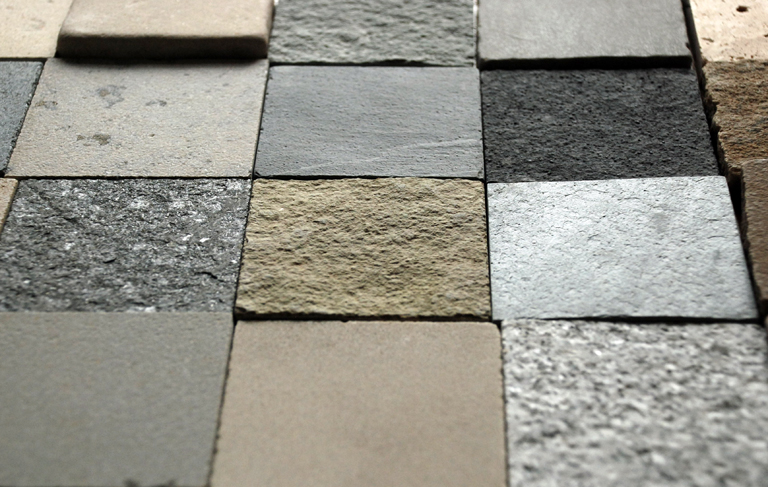
Gather samples of the materials you like and take them back to your garden so that you can see them next to any existing materials. This is especially important if you’re matching in with bricks or stone as what you feel looks great when you’re out at a display area, will not necessarily be the same when you’re back at home.
Cost
Whether we like it or not, budget always impacts our choices. If you have a large area of paving, for example, this can cost in the region on £100 m2 just for the materials, depending on what you choose. So you may want to think about using the best stone for the most crucial areas and finding a different, less expensive material for secondary paths, say. But there are some great products on the market now, sawn sandstone for example, which look great and don’t have to cost the earth.
North or South
If your garden faces north then you’ll need to take this into consideration as some porous stones such as slate and sandstone can become really slippery if you don’t maintain them regularly. It doesn’t mean you can’t use them, you just need to be aware that you’ll need to pressure wash or clean the paving a couple of times a year. But then, as I always say, you wouldn’t go a whole year without vacuuming your house so perhaps it’s not such a hardship to clean your paving every now and again!


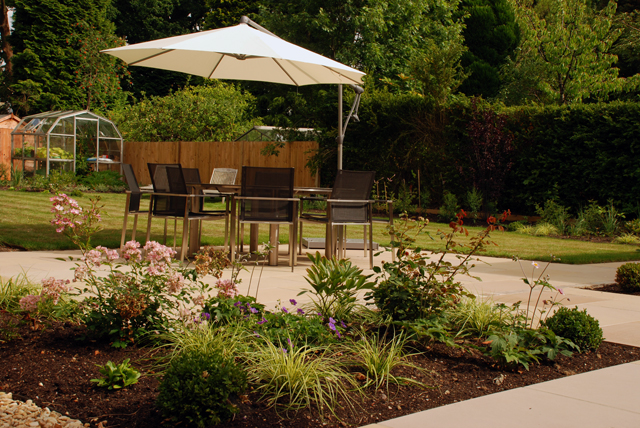
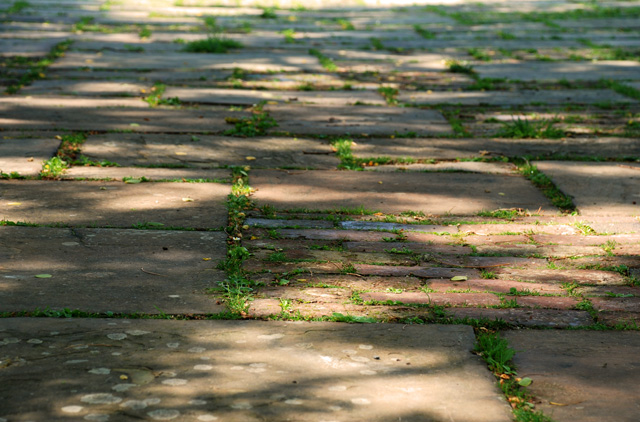
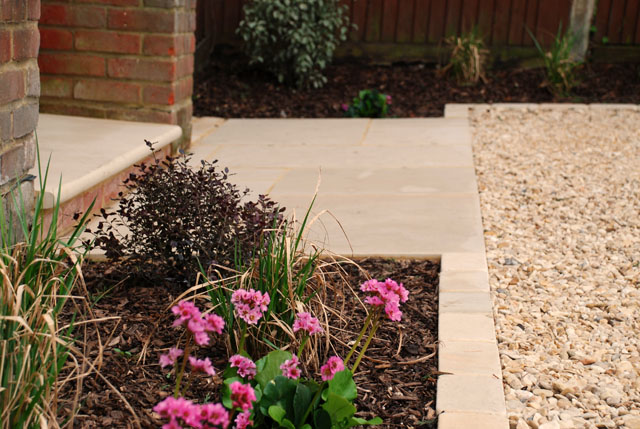
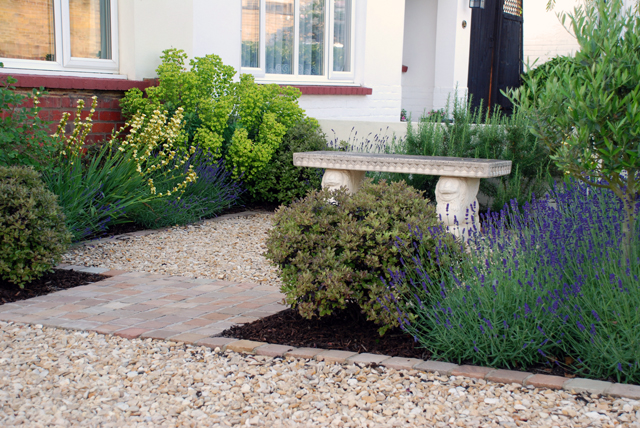
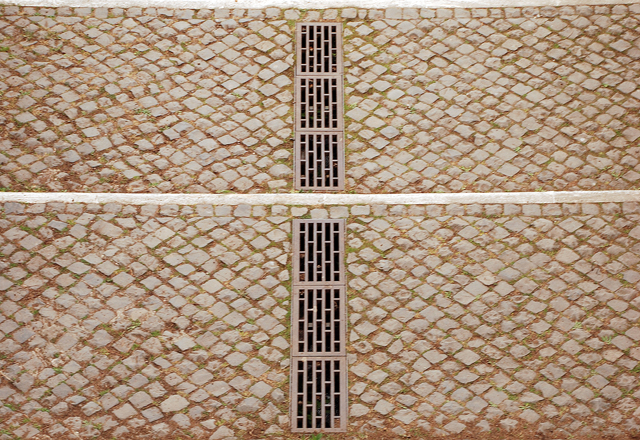
 Welcome
Welcome
As a gardener, I can say that this is one really helpful post! Choosing your paving is an important decision. Your post is really informative, I just want to draw attention to the price. The cost of the stone in a landscaping project is usually only 20% (approximately) of the total cost – the majority of which is in labour and other materials. So going for a more expensive stone may not impact dramatically on the cost.
Thanks Krystal. With small gardens I completely agree, the material cost of using an expensive and more select paving stone might not make too much impact on the cost of the garden build. In these situations I often encourage my clients to spend a little more as the result far outweighs the impact on their bank balance.
But for larger projects the material costs can make a big difference to the overall cost of the garden. So, for example, Indian Sandstone costing c. £20 + VAT per m2 compared to Sawn York Stone at c. £100m2 + VAT for a garden with £200m2 makes a difference of around £15k!